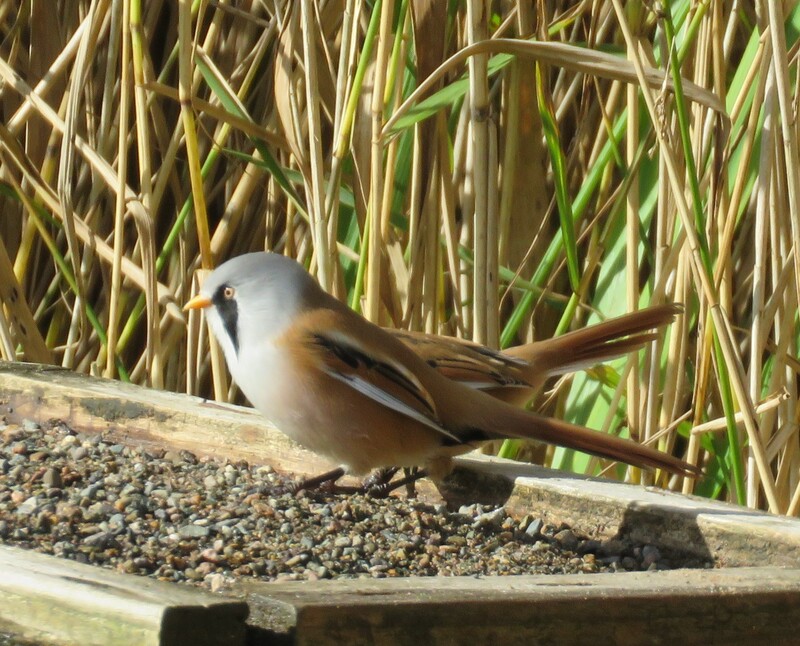 Morecambe Bay from Jenny Brown's Point
Morecambe Bay from Jenny Brown's Point High tide peaked at 6.00am so waders were far out, from Jenny Brown's Point. A flock of lapwing came down on rocks amidst the channels. Curlew called and an egret was close to shore. The changing light over Morecambe Bay was beautiful.
On a birding day the experience includes the overview, the Morecambe Bay Nature Reserve entire. Here was sunlit clarity and glorious light. Looking out across Morecambe Bay and walking on causeways through the reed beds at Leighton Moss was delightful, birds were a bonus. Toward Jenny Brown's Point we were in an aural transition zone, with nuthatch and robin in the woods and curlew and redshank on the shore.
In Causeway Hide we watched the skies darken and rain falling on water. A marsh harrier flew over the reed beds, heron and egret were in flight, a few hirundines, swallow and house martin. A greenshank on the stony islet, and cormorant. A whooper swan sunlit amongst mute swans.
The light was perfect for bearded reedling, bearded tit. So we joined watchers focused on grit trays out in the open, hoping the birds would appear from the dense reed beds. A cautious approach from within the reeds, then two birds alighted on the grit tray and fed. The male, rich in colour and bold in markings, with blue-grey head, long black mustachios, russet flanks. He was accompanied by a paler bird, female or juvenile? I wasn't sure.
My thanks to birder Jeff Holms for answering my questions on these bearded reedling.
'The pale bird/s are adult females. They have pale yellow beaks, juveniles of both sexes have black ones. I think that birds in the general area can form small groups in the autumn/winter but are not necessarily family groups. '
This morning, we saw a male and female near Grisedale Hide. And another male and female near the Causeway Hide.
















 RSS Feed
RSS Feed